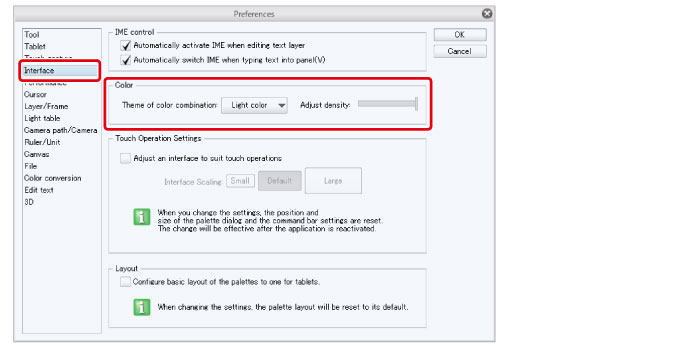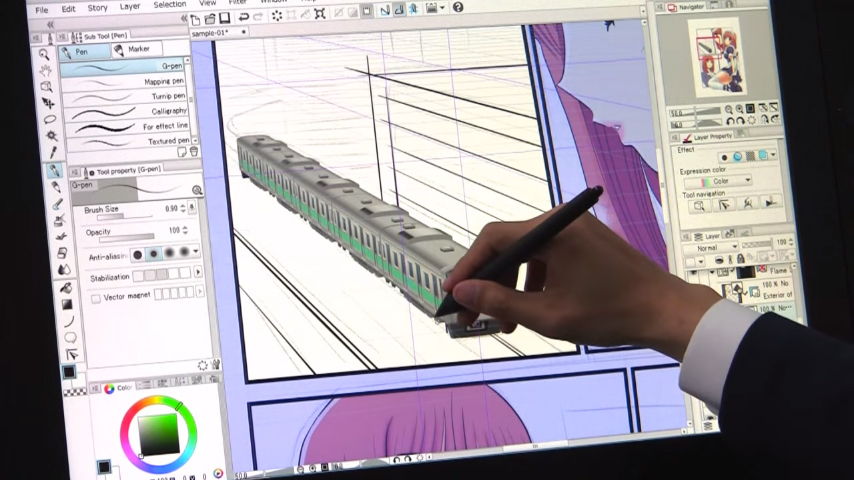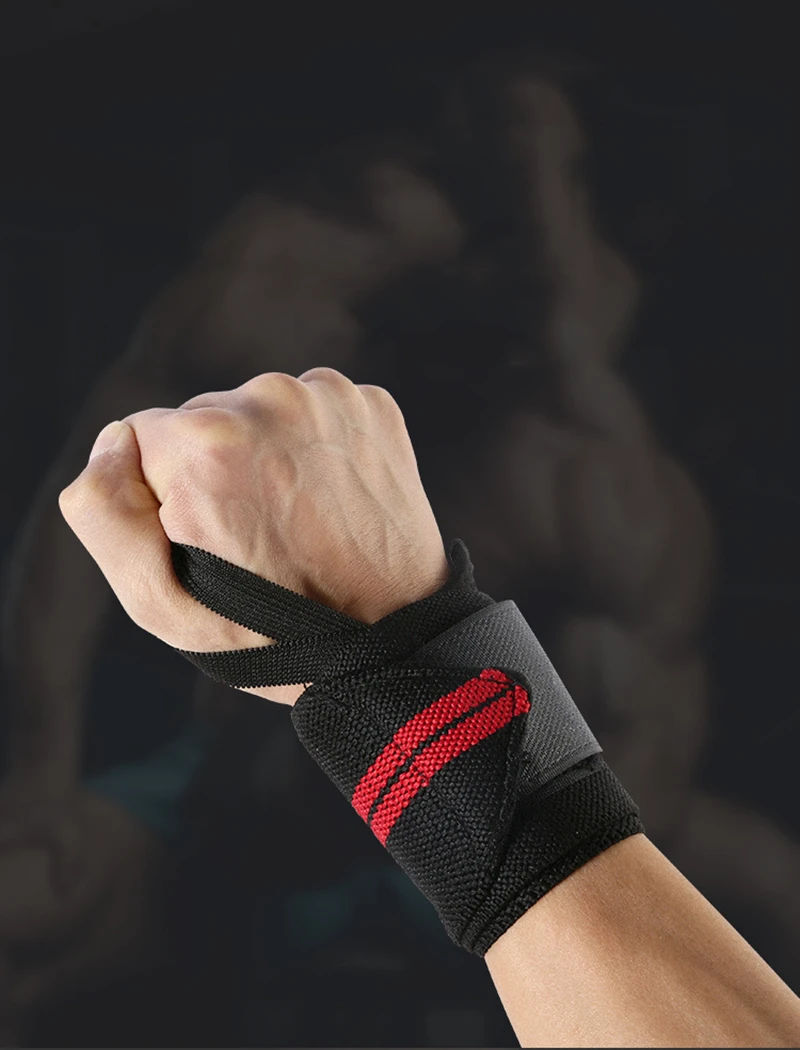

For the highlights, I make the local color brighter and more yellow.
#Clip studio use system color picker skin#
In this example, we’ll use the same lighting conditions as our gray ball, with warm light coming from the Sun, warm shadows from earthy tones, and some reflected light from the blue sky.įor the skin and the hair, I choose the shadow color by darkening the local color and moving it towards red to make it warmer. Now let’s see it in action by painting this character. So far we’ve looked at the basic color theory. When you use different local colors, you will have a much easier understanding of what is going on with the colors and why they change the way that they do. This is a simple example, but it’s really important to imagine it on as simple a situation as possible.

Finally for the blue reflected light, we move from the gray toward blue. For the warm shadows, move from the local gray color to the warm tones. It’s very simple with gray because it always goes toward whichever color we want to apply to it.įor the highlight, we move from the middle of the color wheel toward the yellow. We have a yellow light source so we look for yellow on the color wheel and we know that we can push in this direction to predict the resulting color from the light. Grey is in the middle of the color wheel.

We started with just a grey ball because it’s easier to explain. So what does the color wheel have to do with this explanation of how the light works? It’s very delicate in this example, but I think it makes the point. There’s also some reflected light from the blue sky that influences the shadow side. The environment is a warm brown. Shadows are influenced by the color of the environment, so the shadow is a warm color, not just black. What happens when the light hits the surface of the grey ball? The light is yellow, so the highlight on the grey ball is yellow. If we imagine this as an outside environment, the source of light will be the Sun so it will be yellow. The environment is quite warm with earthy tones, and the light source has a color. Let’s use the same grey ball in a different environment. Not only do we have to think about the values, the light source, the shadow shape, and the reflected light, but also the color of the environment, the color of the light, and the color of the shadows. There are a lot of complicated elements. When you add color, that’s where the hard stuff is happening. With these principles, you can create the illusion of dimension just by knowing the source and direction of the light.Įven though this is a flat surface, when we look at this picture we can understand geometry and the depth expressed in the picture. The reflected light is never as strong as the light itself.

Light bounces around everywhere and so a little bit of reflected light appears in the shaded area. There’s also a third kind of light source that comes from the physics of the light itself. When the light hits the surface, all planes of the geometry facing the light are lit and become brighter, while all planes not hit by the light are in shadow. The light comes from the right top corner. In a simplified world, everything would be grayscale because it would be easiest to draw and paint.įor this example, let’s imagine a neutral grey ball on a gray table with a source of light. The color wheel is important because it will be a guideline to identify how colored light influences the original or base color, called the “local color”.īefore I start using colors, I’ll explain the principles of shading. Gray is in the middle of the color wheel. When you mix violet with yellow, you will get a muddy gray color. That is true for every single of these color pairs. When you mix complementary colors together, for example, blue and orange, the result will be a gray color. Complementary colors are on opposite sides of the color wheel. The outside of the circle organizes the colors according to how they combine.Ī key point we will focus on today is “complementary colors”. By mixing primary colors together you get secondary colors between the primary colors. It’s built on three primary colors: yellow, red, and blue. This color wheel is the traditional painter color wheel. Pick colors from any currently running application.First, I want to explain the tool that should be every artist’s best friend: the color wheel. Simple and quick system-wide color picker.
#Clip studio use system color picker windows#
ColorPicker Windows system-wide color picker


 0 kommentar(er)
0 kommentar(er)
